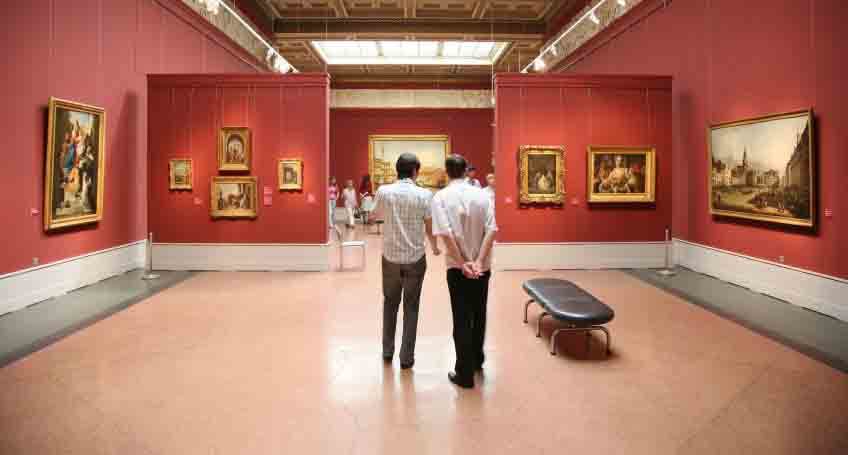The Importance of Images in Web Design
Dec 04, 2015

Since the dawn of the internet, images have enhanced the online experience, and they continue to be an integral part of website design as we move into 2016. The “Hero Image” trend (a compelling, page-filling image) seems to be sticking around, along with “card layouts” which compartmentalise images and text into clickable blocks.
We think the importance of imagery in web design lies within the following statement:
65% of the population is made up of visual learners
More than half of us process information easier if it is presented in an image. Images are much easier on the eye, they break up large chunks of text, and they create a richer experience for someone scanning a web page.
As for auditory and kinesthetic learners, there is still evidence to show that images are the first to be noticed online. Our brains process information differently on a web page compared to a physical publication – web users will scan a page for the most important information, rather than read each word thoroughly. This means that whatever your learning style, you still find it easier to browse a web page containing images.
IMAGES EVOKE EMOTION

A picture might say a thousand words, but it can also evoke specific emotions. We recently completed a website for a prestigious law firm whose location is a major part of its ethos. We used photographs of rolling hills, twinkling harbours and quiet beaches, all taken from around the area, to evoke feelings of ease and tranquillity, the perfect emotions for a law firm. It also showed website visitors that they are proud of their location – something that’s more effective to portray in images than explain with text.
93% OF THE MOST ENGAGING POSTS ON FACEBOOK ARE IMAGES

This statistic tells us two things about the importance of images in website design. Firstly, it shows that people like images! With Facebook remaining the most popular social media platform, it’s safe to say that a statistic relating to Facebook could also be applicable to the rest of the internet. So, if people interact more with images on Facebook, they will certainly interact better with a website containing plenty of lovely images.
Secondly, this statistic shows that images promote a response. Whether it is a “like”, a comment, or a share with friends, images are much more likely to promote a response than text. It’s the same with a website – imagery will encourage your visitors to browse longer, and with social share buttons, they can also have the option to share these images on Pinterest, Facebook, and Twitter.
MORE THAN 75 MILLION PEOPLE USE INSTAGRAM DAILY

The rise of Instagram has shown us that people love well-composed, compelling imagery. To achieve a high number of likes on Instagram, hashtags will only go so far – it really is all about the quality of the image. Therefore, our final point is that while images are important in website design, it is not enough simply to have images. They need to be good…
WHAT ARE COMPONENTS OF GREAT WEBSITE IMAGES?
- Professional – in other words, don’t use your iPhone snaps.
- Relevant – If you can, use images of your products, your office, your venue, rather than stock imagery.
- Compelling – If you are using stock images, make sure they are high quality, professional looking photographs. We use stock images for some of our websites – we just choose them wisely.
- Unique – Don’t use the same stock images you have seen on every other website! There are plenty out there, you just need to search for the great ones.
- High Resolution – when it comes to images, the bigger, the better. However, make sure to save them for web in Photoshop, otherwise, they can slow your website down.
Hopefully, you can appreciate the importance of images in website design, and have learned a little more about what makes a great image. If you need any more help, however, please get in touch with us here at The Creation Lab!
